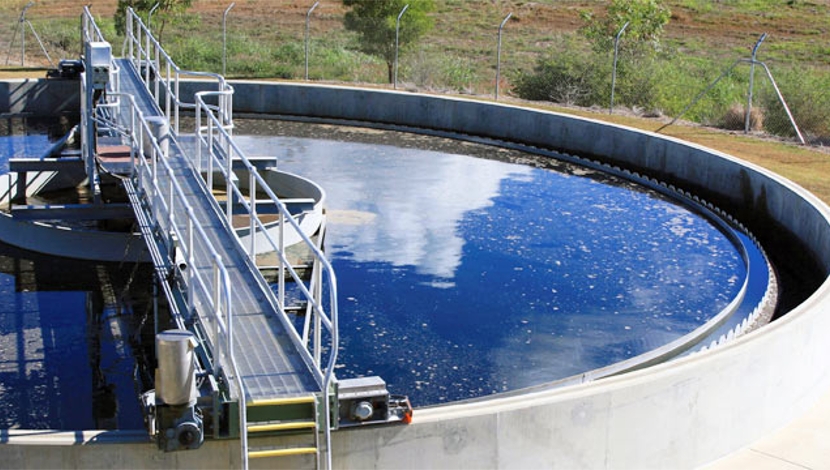
GIBB Engineering, South Africa’s leading black-owned engineering consulting firm, recently completed a feasibility study to evaluate and investigate the construction and operational feasibility of connecting the existing Western Precinct to Midfield Development at OR Tambo International Airport in Johannesburg. The study, which started in January 2015, cemented the agreement between GIBB and Airports Company of South Africa (ACSA).
The research, headed up by GIBB’s associate engineer for Dams, Hydropower and Underground Works, Monique Wainstein, in collaboration with Sumeshin Naidoo, business development manager in GIBB’s Transportation Sector, developed a three-phased approach which will lead to the airport being divided across the two major terminal precincts by an underground tunnel. The tunnel aims to bridge the geographical gap between the aircraft stands and the cargo/terminal buildings.
GIBB saw a clear need for connecting these precincts and this particular study focuses on:
Airside transportation connectivity, for the transportation of bags, airside passengers, freight and general airside support vehicles;
Airside technical operational connectivity, for general airport operational access such as fire and rescue, marshalling, and security patrolling;
Bulk services connectivity, which could potentially include, but is not limited to data links, electrical supply, water supply, and fuel supply.
“The tunnel will enable the linking of the current Western Precinct (existing terminal and associated aprons) to the new future cargo and new mid-field terminal developments. This linkage, once fully constructed and operational, will provide access to shorter connection times of people, baggage and services within the current infrastructure and future airside developments. Passengers will experience seamless travel between terminals and between airline partners,” commented Naidoo.
“Airlines will be able to improve aircraft connection times and ensure that aircraft can spend more time in-flight than waiting on the ground to be serviced and/or filled up with passengers. This project, if it proceeds to construction, will support ACSA’s initiatives to reduce their carbon emissions and carbon footprint,” he added.
issued by Brenda Sono, Tel:+27(0)117096706|Cell:+27(0)783184162





